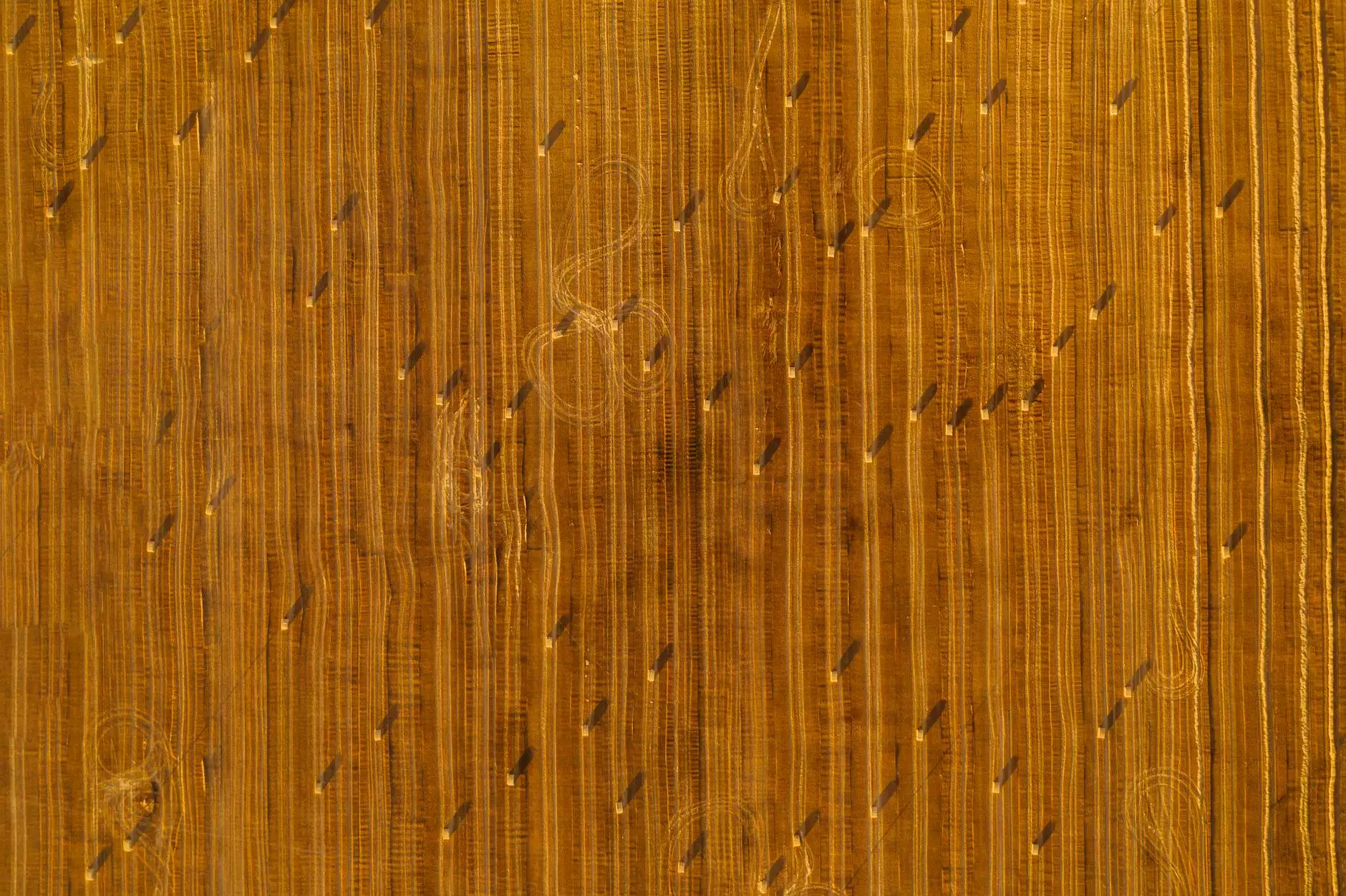Understanding and Addressing Diastasis Recti with Pilates: A Comprehensive Guide

Introduction to Diastasis Recti
Diastasis Recti refers to the separation of the abdominal muscles along the midline of the body. This condition is particularly common during and after pregnancy as the growing uterus stretches the abdominal wall. However, it can also occur in individuals who are not pregnant, often due to factors such as obesity or improper exercise techniques. Recognizing and addressing diastasis recti is crucial for enhancing core stability, improving posture, and regaining physical strength.
Why Pilates?
Pilates is a highly effective physical therapy approach that emphasizes core strength, flexibility, and overall body awareness. The primary focus of Pilates is the core muscles, which include the abdominal muscles, back muscles, and pelvic floor. For individuals suffering from diastasis recti, Pilates offers specific exercises that help to:
- Strengthen the core without placing excessive strain on the abdominal wall.
- Improve alignment and posture.
- Enhance overall physical performance and stability.
Identifying Diastasis Recti
Before starting a Pilates regimen specifically for diastasis recti, it is essential to assess whether this condition is present. To identify diastasis recti, follow these steps:
- Lie on your back with your knees bent and feet flat on the floor.
- Gently lift your head and shoulders off the ground, engaging your core.
- Observe the midline of your abdomen for any noticeable bulging or separation.
- Measure the width of the gap using your fingers; a gap wider than two fingers is often considered significant.
If you suspect you have diastasis recti, it is advisable to consult a healthcare professional or a certified Pilates instructor for a comprehensive evaluation and tailored advice.
Pilates Exercises for Diastasis Recti
When practicing Pilates for diastasis recti, it’s crucial to focus on exercises that engage the deep core muscles without exacerbating the separation. Here are some beneficial exercises:
The Pelvic Tilt
The pelvic tilt is a foundational exercise that helps to engage the abdominal muscles correctly. Here’s how to perform it:
- Lie on your back with your knees bent.
- Inhale deeply, allowing your belly to rise.
- As you exhale, flatten your lower back against the mat by tilting your pelvis.
- Hold for a few seconds, then release and repeat.
Tabletop Leg Lift
This exercise engages the deep core muscles while stabilizing the pelvis:
- Start on your back with your knees bent at 90 degrees, feet lifted off the ground.
- Engage your core and slowly lower one foot to the floor while maintaining pelvic stability.
- Return to the starting position and repeat with the opposite leg.
Modification of the Hundred
The Hundred is a classic Pilates exercise, and for those with diastasis recti, it's essential to modify it:
- Lie on your back with your knees bent (tabletop position).
- Breathe in and on the exhale, engage your core and lift your head and shoulders off the mat.
- Tap your feet to the floor without losing abdominal engagement.
- Hold this position for five breaths.
Benefits of Diastasis Recti Pilates
Incorporating Pilates into your routine can have numerous benefits for individuals with diastasis recti, including:
1. Improved Core Strength
One of the most significant benefits of Pilates exercises is the enhancement of core strength. As your core muscles become stronger, they provide better support to the spine and pelvis, reducing the risk of injury.
2. Enhanced Body Awareness
Pilates promotes body awareness and control, enabling individuals to understand their movements better and how to perform them correctly. This awareness is essential for preventing further injury and ensuring optimal physical development.
3. Pain Reduction
For many, diastasis recti can lead to discomfort and pain in the lower back and pelvis. By strengthening the core and improving alignment, Pilates can help alleviate these symptoms.
4. Postpartum Recovery
Women who have recently given birth can particularly benefit from diastasis recti Pilates as it offers a safe way to rehabilitate their bodies and regain strength after delivery.
Additional Tips for Managing Diastasis Recti
In addition to Pilates, there are several strategies you can employ to manage and improve diastasis recti:
- Avoid Traditional Crunches: These can exacerbate the separation and should be avoided.
- Focus on Core Engagement: Learn how to engage your core properly throughout your daily activities.
- Maintain Good Posture: Proper alignment can minimize strain on the abdominal muscles.
- Consider Professional Guidance: Work with a physical therapist specializing in postpartum health or a certified Pilates instructor.
Conclusion
Diastasis recti is a common condition that can significantly impact an individual’s physical health and confidence. However, through targeted exercises like diastasis recti pilates, individuals can effectively rehabilitate their core, improve their overall physical abilities, and reduce discomfort. Remember, the journey to recovery is unique to each individual, so it’s essential to listen to your body and progress at your own pace. For more detailed guidance and personalized programs, consider visiting Hello Physio, where professionals can assist you in achieving your health and fitness goals.








